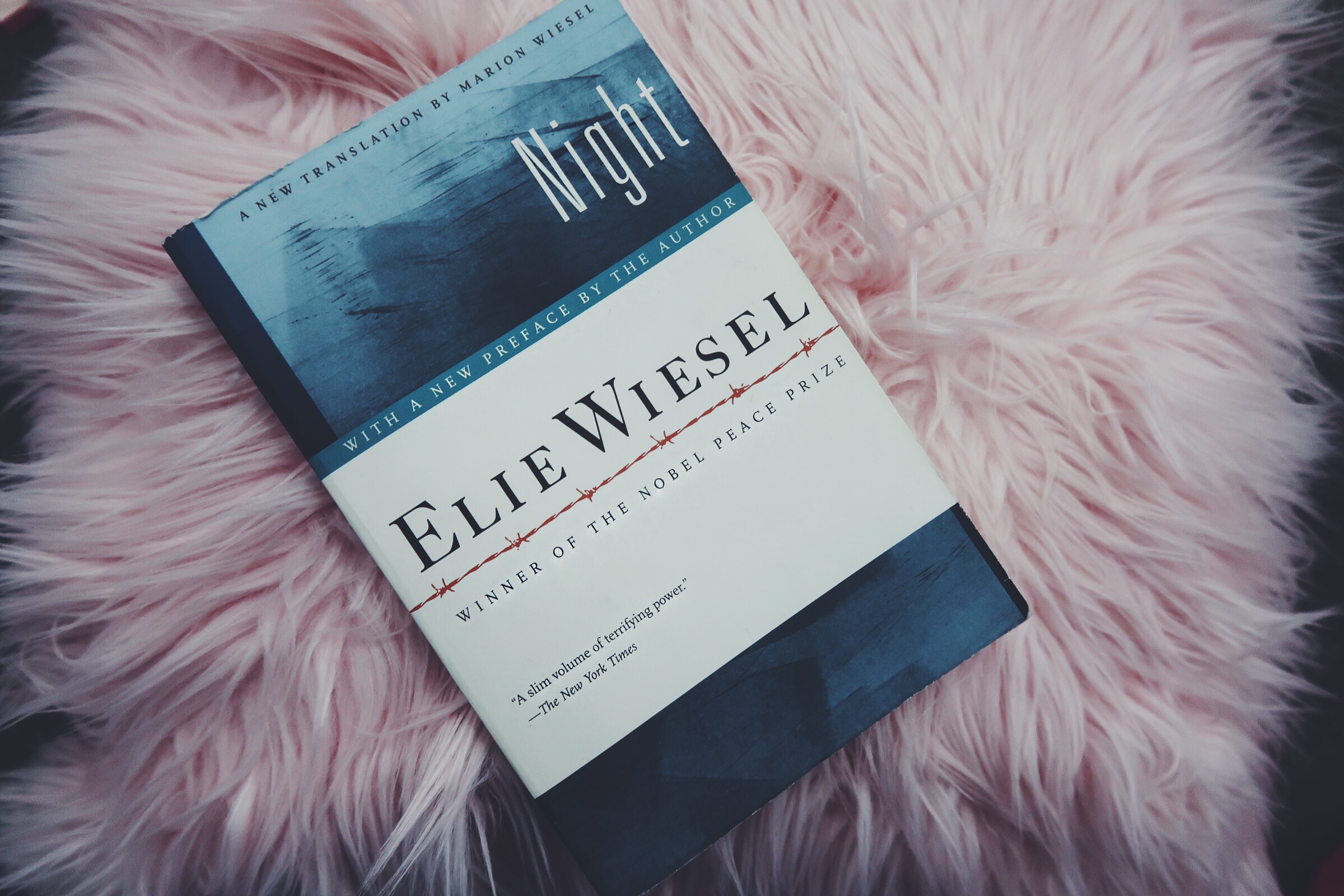Sources have said that the reason poetry relies on figurative language is because this language choice condenses emotions and events. But there is more to this.
Good poems are never without a clear picture. Pictures that become really clear in our minds even without being literally shown. That is the power of the use of figurative language in poetry. It sees to it that despite the conciseness of the work, readers can get to see eye to eye with poets.
Key Takeaways
- The meaning of figurative language: Any choice of words intended to be interpreted outside their denotative meanings.
- Examples of figurative expressions: Metaphor, simile, synecdoche, rhetorical question, irony, and personification.
- The reason poetry relies on figurative expression: It helps paint a clearer and ultimately lasting image in the mind of readers.
The Concept of Figurative Language
In literature, we speak figurative language when we employ figures of speech. It is, say— a wording that deliberately deviates from literal language for rhetorical effects.
It is, therefore a figurative language or expression when one says— “The world and his wife would be at the event tomorrow”. There’s a phrase here that is outside the ordinary English language, do you notice it? It is the world and his wife.
The world is an inanimate object so what do we mean it would attend an event with his wife? This is simply idiomatic and one with a fixed interpretation. It means many people; a crowd.
Without the figures used in that statement, one would have said the equivalent in ordinary language as “Tomorrow’s event would be crowded.”
But you sure notice that there is more effect in one of these sentences than the other. That shows the impact of figurative language.
Types of Figurative Expressions
- Metaphor. We use metaphor in direct comparison— without the use of as or like. So, for instance, we say: I was a tiger to them on the field.
- Simile. This figure of speech does the work of comparison with the use of ‘as’ or ‘like’.
For example: I was like a tiger to them on the field.
- Rhetorical Question. This means asking questions to which we do not necessarily reply answers. There seem to be more rhetorical questions in soliloquy than in other aspects of literature, but it is not uncommon in poetry either.
For example: Why me?
- Personification. The attribution of animate characteristics to inanimate objects is regarded as personification.
For example: The picture speaks of the old Yoruba culture.
- Irony. The event of getting a result contrary to what is said or expected. It is also used for rhetorical purposes. There are several types of irony, most of which we have previously written about. An example of irony is:
What a brilliant boy, he failed his examinations.
With a surface look, an irony may incur double meanings simultaneously but that makes more meaning when we focus on the factual part of the statement. In the example given above, that the said boy failed is factual or seemingly so.
- Synecdoche. The representation of a whole with a part or vice versa is known as synecdoche in literature.
So, when we use synecdoche, we say, for instance: I now have more mouths to feed instead of ‘more people’.
Read our article on some 70 figures of speech and their meanings for more light on this topic.
The figures of speech above are some of the common figurative expressions poets use in accentuating the meaning of their works.
The Reasons Poetry Rely on Figurative Language

Poetry relies on figurative language because:
- It can help paint a clearer picture and ultimately a lasting image in the mind of readers. The attainment of this is mostly apparent with the use of such figures as Hyperbole (deliberate exaggeration) and Litotes (deliberate underrating).
Say, for instance, the common expressions “We have got all the time in the world” and “You are not looking bad” are respectively hyperbolic and underrating.
- Further, poetry relies on figures of speech because it is a means through which ambiguity, between literal and nonliteral meanings, is achieved in literature.
Note that ambiguity is, contrary to what you might have learnt, also quite necessary in making a literary work profound. You may need to look up our article on why great literature embraces ambiguity, for better understanding. But for one, ambiguity in literature can help achieve emphasis.
- Similarly, figurative language in poetry can guarantee our meeting of the main purpose of literature. What’s that purpose? Having looked here and there, scholars have had more than enough reasons to confirm to us that the main purpose of literature is entertainment.
Note, however, that you’re not necessarily laughing when something is entertaining. In a general sense, it just means you’re able to resonate with a work, especially because of its richness in language, composition, or say— wordings.
Come to think of it, this is the reason some kinds of books interest you more than others. This is the reason you still can’t help understanding why that friend will not stop reading anything scientific while you want to read literature only— for instance.
In the same sense, it is important for us to admit that one book cannot entertain everyone. The major point is that entertainment can be easily achieved in poetry with the employment of figurative expressions.
To wrap up: On Brainly, some scholars tried to crowdsource the appropriate answer to why poetry relies on figurative language use in the post below.
https://brainly.com/question/2799034
You can check it out, but should you not wish to, the answer to the question is that it condenses emotions and events.
And I am convinced that it will be plausible here if we include it on our list of the reasons poetry relies on figurative language.
Share


